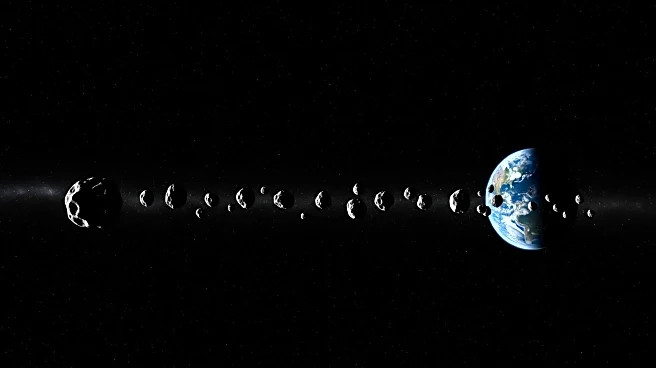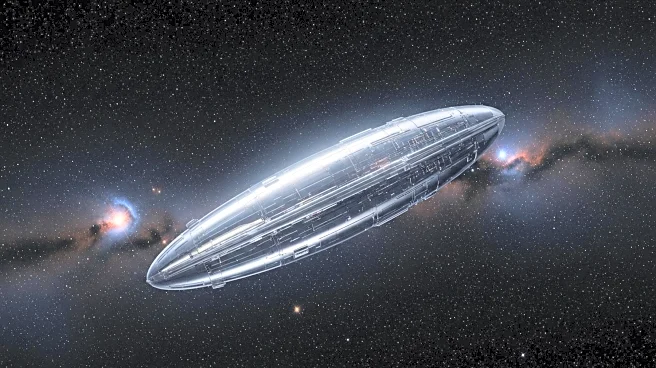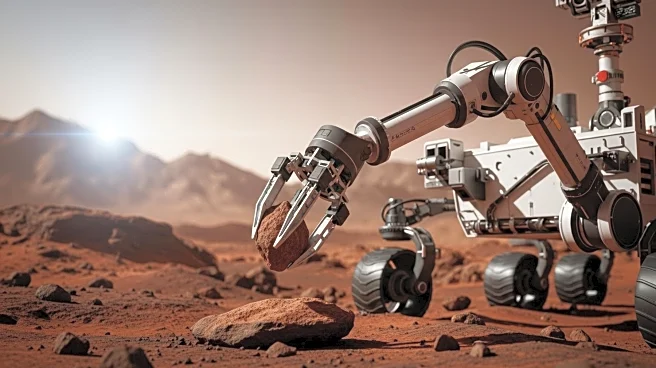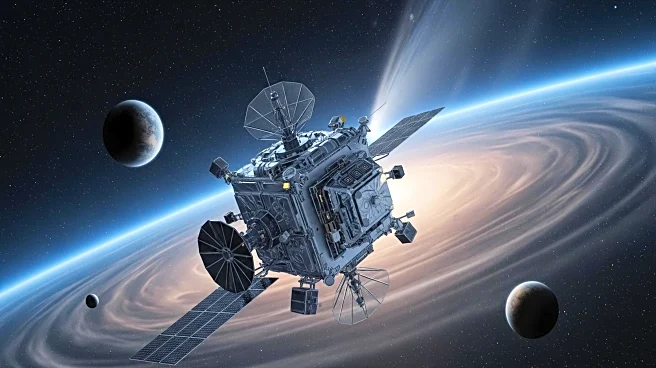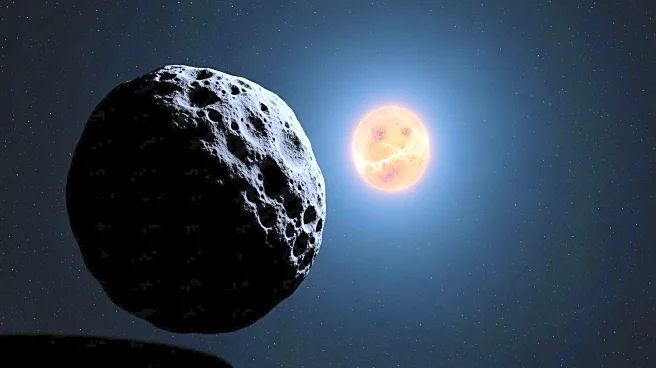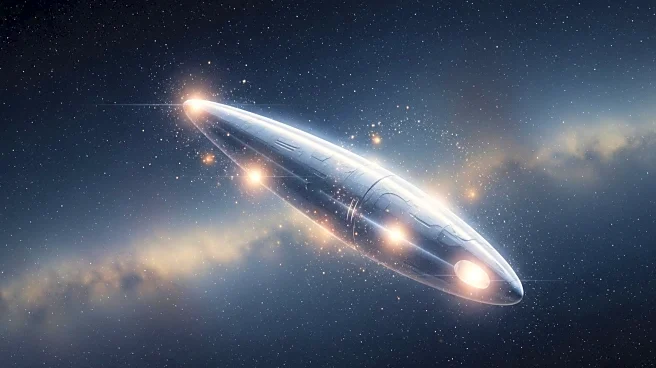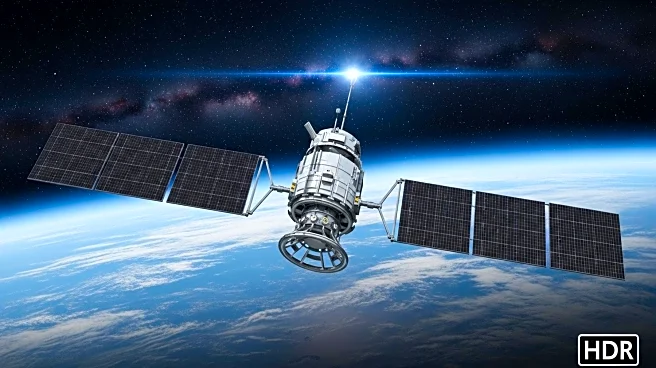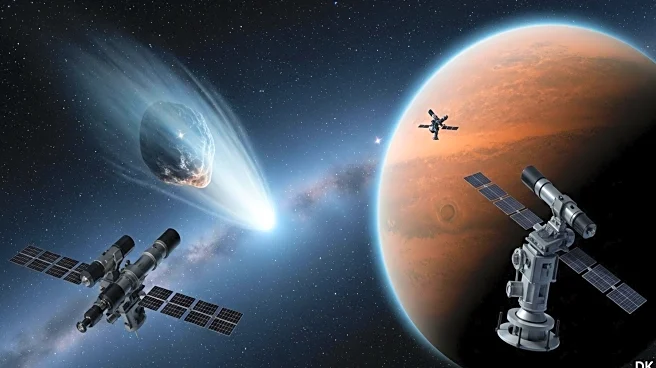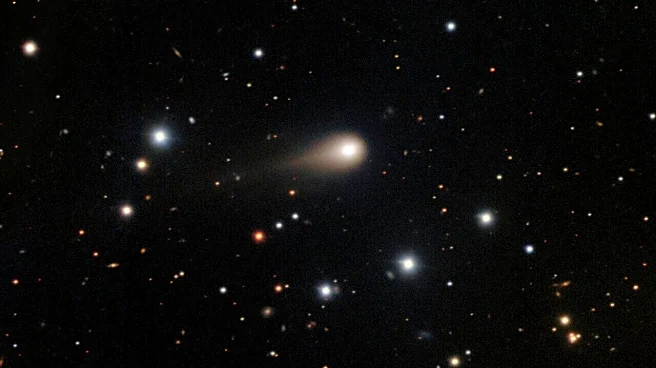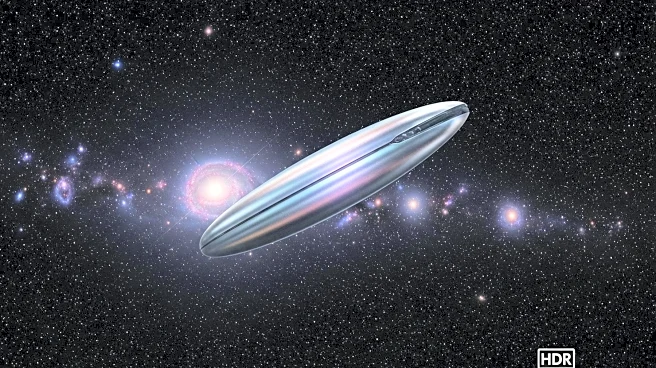What is the story about?
What's Happening?
Recent research led by Julio Fernández from the Universidad de la República in Uruguay has uncovered that the asteroid belt, located between Mars and Jupiter, is gradually losing mass. This belt, once thought to be a permanent feature of the solar system, is actually a dynamic structure that has been shedding material for billions of years. The study estimates that the asteroid belt is currently losing about 0.0088% of its mass annually. This mass loss is significant over the vast timescales of solar system evolution. The research suggests that the asteroid belt was about 50% more massive around 3.5 billion years ago, with a higher mass loss rate at that time. The gravitational influences of Jupiter, Saturn, and Mars play a crucial role in destabilizing asteroid orbits, causing fragments to either move towards the inner solar system or be ground down into meteoritic dust.
Why It's Important?
The findings have direct implications for Earth's evolution and future. As the asteroid belt loses mass, some of the larger bodies escape and become potential impactors in the inner solar system, including Earth. This process has historically contributed to the bombardment of Earth, shaping its surface. The research aligns with geological evidence from the Moon and Earth, indicating a declining bombardment rate over billions of years. Understanding the asteroid belt's mass loss helps scientists model future risks from near-Earth objects, which is crucial for planetary defense strategies. The study also enhances our understanding of the solar system's history and the dynamic processes that continue to shape it.
What's Next?
The ongoing study of the asteroid belt's mass loss will likely continue to provide insights into the solar system's evolution and the potential risks posed by near-Earth objects. Scientists may focus on refining models to predict future impacts and develop strategies to mitigate potential threats. Additionally, further research could explore the implications of this mass loss on other celestial bodies and the broader solar system dynamics.
Beyond the Headlines
The gradual disappearance of the asteroid belt highlights the dynamic nature of the solar system, challenging the perception of its stability. This research underscores the importance of continuous observation and study of celestial phenomena to understand the long-term changes in our cosmic neighborhood. It also raises questions about the future of other seemingly stable structures in the solar system and their potential impacts on Earth.
AI Generated Content
Do you find this article useful?
